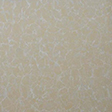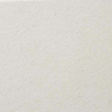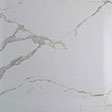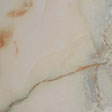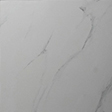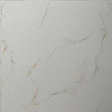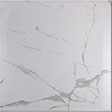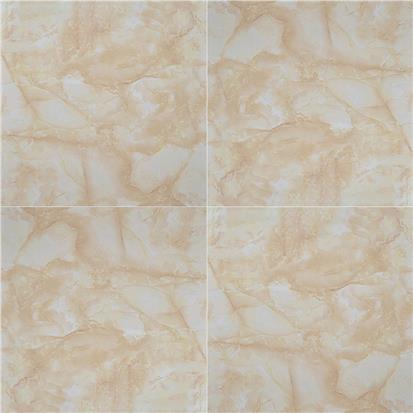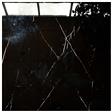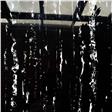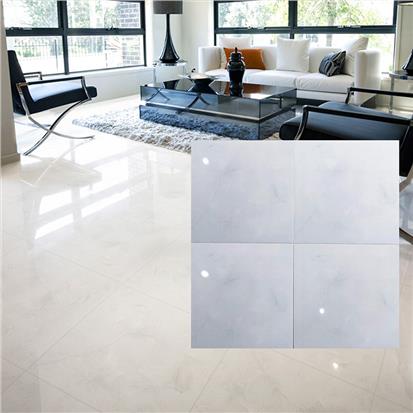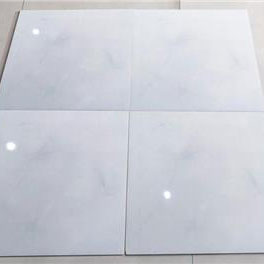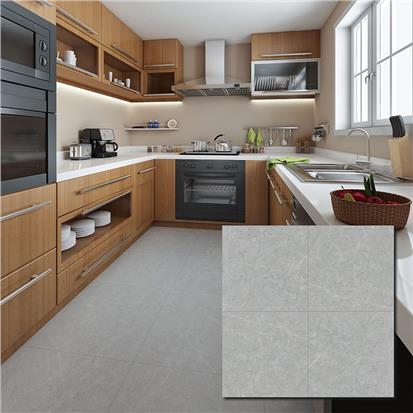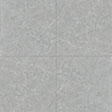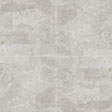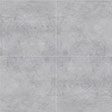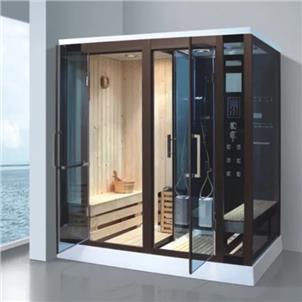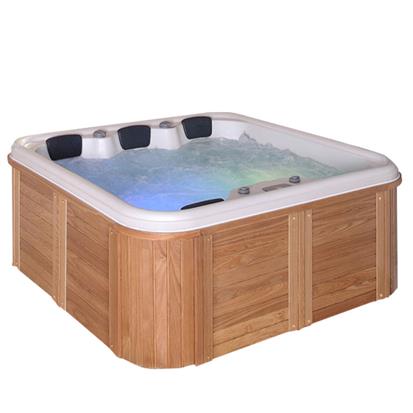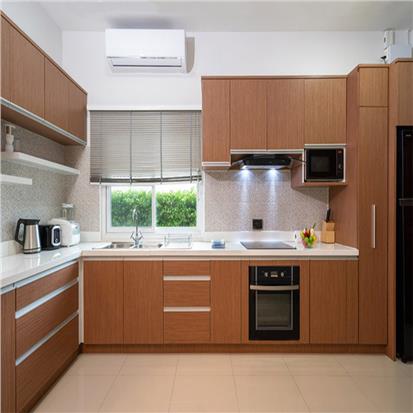Hot tubs can be a relaxing oasis, but they require proper maintenance to ensure that they remain clean, functional, and safe to use. One of the most important aspects of hot tub maintenance is draining the water periodically. In this blog post, we will explain why and when you should drain your hot tub, the risks of not doing so, and a step-by-step guide on how to drain your hot tub.
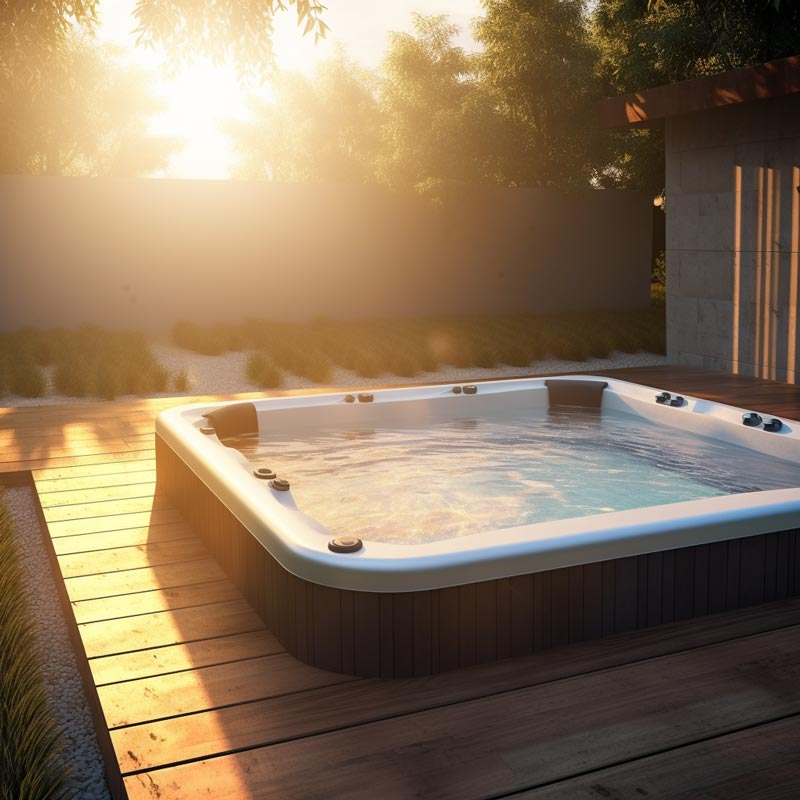
Why and when should you drain a hot tub?
Over time, hot tub water can become contaminated with bacteria, oils, and other impurities that are introduced by bathers or through environmental factors. Draining the water and refilling it with fresh, clean water is essential to maintain proper water chemistry and prevent health hazards.
The frequency of hot tub draining depends on several factors, such as how often the hot tub is used, the number of bathers, the type of sanitizer used, and the hardness of the water. In general, it is recommended to drain a hot tub every 3-4 months for moderate use and every 1-2 months for heavy use.
What are the risks of not draining a hot tub?
If you don't drain your hot tub regularly, you risk exposing yourself and others to harmful bacteria and other pathogens that can cause skin infections, respiratory problems, and other illnesses. Stagnant water can also lead to the growth of algae and other unsightly and potentially dangerous organisms.
Moreover, dirty water can cause problems with your hot tub's equipment, such as clogging the jets, corroding the pump, and damaging the heater. This can result in costly repairs and a shorter lifespan for your hot tub.
Step-by-Step Guide on How to Drain a Hot Tub
Preparing to Drain the Hot Tub:
Before you begin draining your hot tub, you should gather the necessary tools and equipment, including a garden hose, a submersible pump, and a bucket. You should also turn off the power to the hot tub at the circuit breaker and remove the hot tub cover to ensure that you have easy access to the tub.
Draining the Hot Tub:
To drain the hot tub, you first need to locate the drain valve, which is usually located at the bottom of the hot tub. Next, you should connect the garden hose to the drain valve and make sure that the other end of the hose is positioned where the water can safely drain.
Once you have connected the hose, you can open the drain valve and let the water flow out. While the water is draining, it is important to monitor the water level to ensure that the hose remains in place and that the water does not overflow.
Cleaning the Hot Tub:
After you have drained the water, you should remove any remaining water using a bucket or a submersible pump. Then, you should clean the hot tub shell and jets using a non-abrasive cleaner and a soft cloth or sponge. This will help to remove any remaining debris, oils, or bacteria that may be stuck to the surface.
Finally, you can refill the hot tub with clean water and add the necessary chemicals to balance the pH and alkalinity levels.
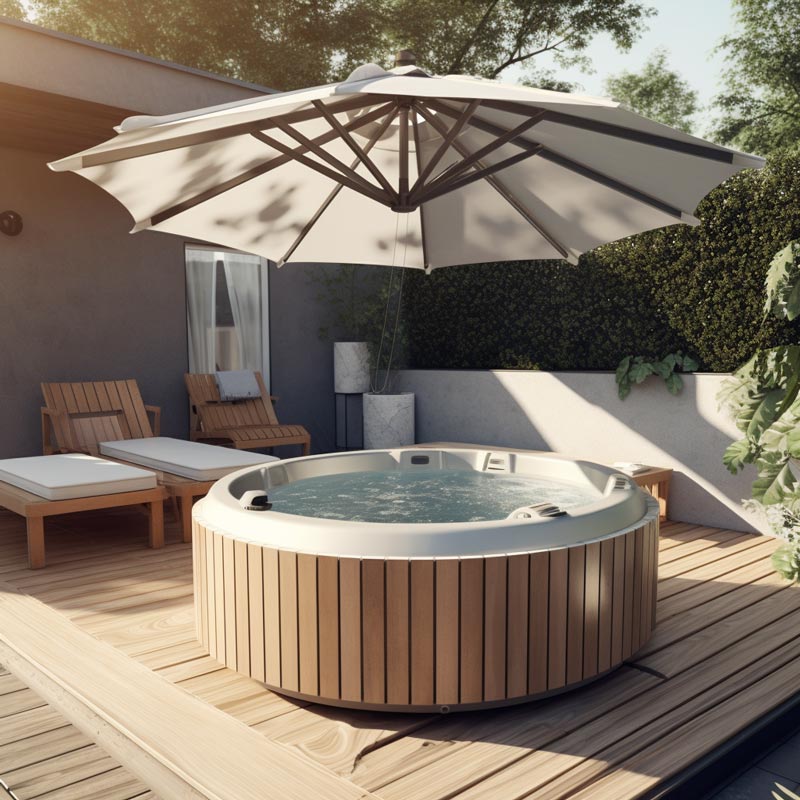
Maintenance Tips for Your Hot Tub:
Regularly draining and cleaning your hot tub is just one aspect of proper maintenance. Here are some additional tips to keep your hot tub in top shape:
Test and balance the water chemistry: The pH level, alkalinity, and sanitizer levels of your hot tub water should be tested regularly and balanced accordingly. This helps prevent bacteria growth, water cloudiness, and damage to the hot tub equipment.
Keep the hot tub covered when not in use: Covering your hot tub when it is not in use prevents debris from falling in, reduces evaporation, and helps maintain the water temperature.
Clean the hot tub filter: The filter is an essential part of your hot tub's filtration system, and it should be cleaned regularly to ensure proper water flow and filtration. Consult your hot tub manual for instructions on how to clean your specific filter.
Check the hot tub cover for damage: A damaged hot tub cover can cause heat loss and water evaporation, increasing your energy costs. Regularly inspect your hot tub cover for any signs of damage, such as cracks, tears, or waterlogging, and replace it if necessary.
Check the hot tub equipment: Regularly inspect your hot tub equipment, such as the pump, heater, and jets, for any signs of damage or wear and tear. If you notice any issues, address them promptly to prevent further damage.
Common Issues When Draining a Hot Tub
Clogged Drain
One common issue when draining a hot tub is a clogged drain. If the water is not draining as it should, there could be a clog in the drain valve or the hose. To fix this issue, turn off the pump and disconnect the garden hose from the drain valve. Use a plumbing snake or a wire hanger to remove any debris that might be blocking the drain. After removing the debris, reattach the hose and turn the pump back on. If the clog persists, you may need to call a professional to take a closer look.
Frozen Water
If you live in an area where the temperature drops below freezing, your hot tub's water may freeze, making it impossible to drain. To thaw the water, use a hairdryer or a heat gun to warm the pipes and the drain valve. Alternatively, you can pour hot water over the drain valve to melt the ice. Once the ice has melted, proceed with draining the water as usual.
Leaking Hot Tub
If you notice water leaking from your hot tub during the draining process, there may be a leak in the shell or plumbing. To identify the source of the leak, inspect the shell and plumbing for any visible cracks or damage. If you find a crack or a damaged area, seal it with silicone or replace the affected part. If you cannot locate the source of the leak, call a professional to inspect your hot tub.
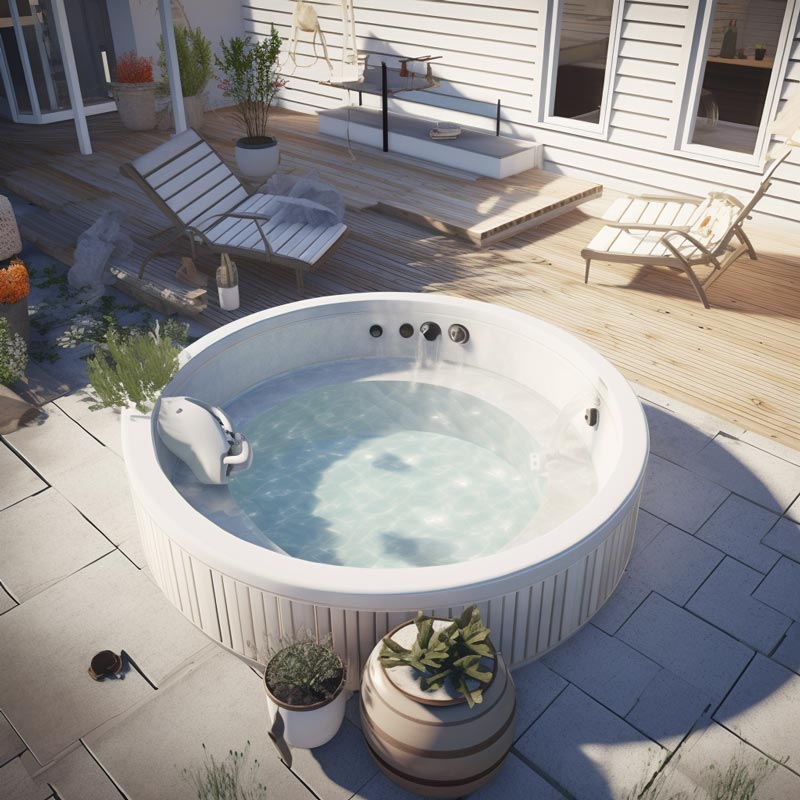
Frequently Asked Questions
How often should I drain my hot tub?
It is recommended to drain and refill your hot tub every three to four months. However, if you use your hot tub frequently or notice a change in the water's color or smell, you may need to drain it more often.
Can I drain my hot tub into my yard?
It is not recommended to drain your hot tub into your yard, as the chemicals in the water can harm your plants and the environment. Instead, you can drain the water into a sewer or a storm drain, following your local regulations.
Do I need to use a specific type of cleaner for my hot tub?
Yes, you should use a cleaner specifically designed for hot tubs to prevent damage to the shell and equipment. Avoid using household cleaners, as they can leave behind residues that are harmful to your skin and eyes.
Can I refill my hot tub right after draining it?
No, it is recommended to wait at least 24 hours before refilling your hot tub after draining it. This allows time for the shell and equipment to dry completely and prevents damage from moisture.
Proper maintenance is essential to keep your hot tub in good condition and prevent costly repairs. Draining and cleaning your hot tub regularly not only ensures its longevity but also keeps the water safe and healthy for you to use. With this step-by-step guide, you can drain your hot tub safely and efficiently, and troubleshoot common issues that may arise. Remember to follow safety guidelines, use the necessary tools and equipment, and consult a professional if you encounter any problems you cannot solve on your own.
 EN
EN FR
FR PT
PT AR
AR


